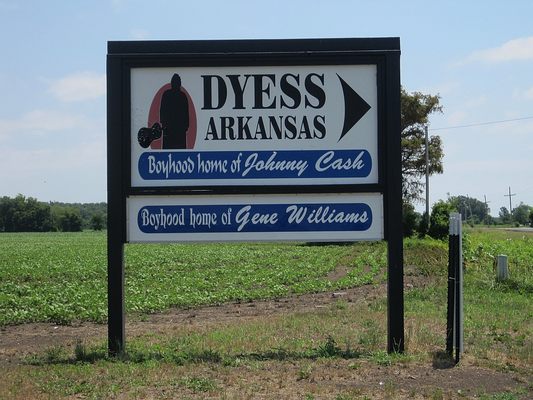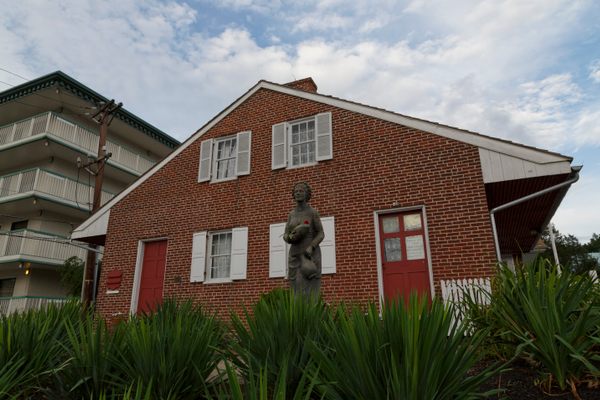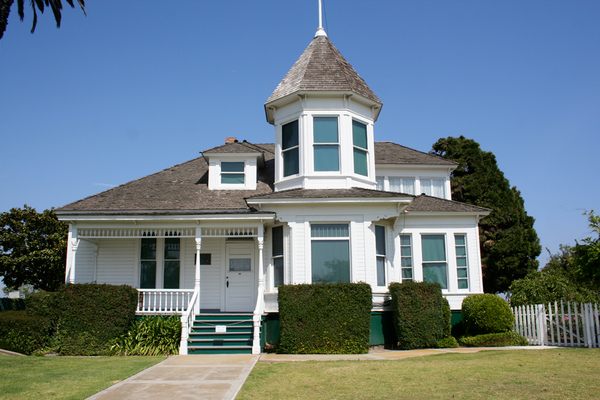About
A modest house in a town of about 400 looks out on soybean fields and not much else (it would have been cotton in the area’s prime—although prime is not quite the right word). Until about 2011 very little pomp was dedicated to the tiny place where Johnny Cash grew up. Besides a modest sign that touts his name off the side of the road, one could’ve driven right through without ever knowing.
The singer-songwriter grew up in what was the largest agrarian community established by the federal government in the Great Depression, called Colonization Project No. 1.
As a part of Roosevelt’s New Deal, the Works Progress Administration and the Federal Emergency Relief Administration bought 16,000 acres of land in Mississippi County, Arkansas. Families of sharecroppers and tenant farmers were chosen to relocate to the colony of subsistence farms, where they would work to own the homes and surrounding land—though this wasn’t made clear until they were already moved in.
The first few families showed up towards the end of 1934. By the time of the official dedication on May 22, 1936, about 500 families had relocated to the community. It was christened Dyess after the idea’s progenitor, Arkansas’ first WPA administrator, William Reynolds Dyess, who’d died in a plane crash just a few months earlier.
Ray and Carrie Cash and their five children moved to the community in March 1935. J.R. Cash was their youngest boy at the time—he wouldn’t become Johnny until signing to Sun Records in 1955. He stayed in Dyess until 1950 when he joined the U.S. Air Force right out of high school.
His time in Dyess had a profound effect on Cash's music. In his 1997 autobiography he said, ”in Arkansas, a way of life produced a certain kind of music." On at least two occasions during his childhood, the family farm was washed away by flooding, and he fabled the disasters in his song “Five Feet High and Rising.”
His childhood home is one of the few remaining houses in Dyess, and in 2011 the Arkansas State University took on its restoration and preservation. In 2015 the Historic Dyess Colony: Boyhood Home of Johnny Cash held its grand opening.
Related Tags
Know Before You Go
Tours begin at 9 am, with last tours of the day at 3 pm, Mondays through Saturdays. All tours start at the Visitors Center at 110 Center Drive.
Community Contributors
Added By
Published
July 26, 2017





































